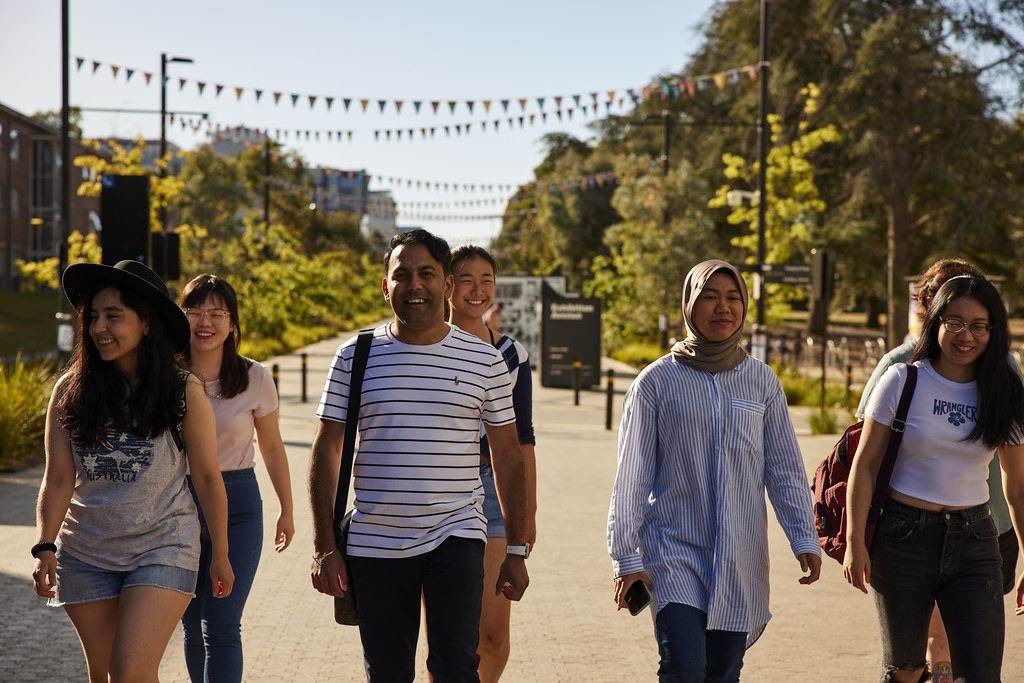Here at CLT, we are celebrating Global Accessibility Awareness Day (GAAD) 2021 on 20 May by providing education about accessibility. The four different types of disability are: motor, visual, hearing and cognitive. I wrote about one cognitive disability last month, autism, and Tim Grace wrote about hearing loss for World Hearing Day. This month, I’m focusing on accessibility – which is about removing barriers, in our case, barriers that prevent students and staff with disabilities from experiencing learning and teaching with the same successful outcomes as those without disabilities.
In 2020, our pivot to online teaching brought about changes that affected, and in some cases improved, the learning experiences of our disabled students. However, in 2021 and 2022 we should begin to finesse our response and consider how we ensure the same level of access that they experienced at secondary school, in the workplace and out and about in their everyday lives. Whilst Australian graduation rates are on the increase for students with a disability, only 68% complete year 12 compared to 85% of students without a disability (AIHW 2020). So, pandemic or not, let’s continue to be flexible about assistive technology (both low and high tech) use in the classroom or when studying at home, so that our disabled students can continue to be active rather than passive participants. Rather than returning to normal, let’s build and evolve a new normal for our students with disability. Before your last class this semester, create a poll or perhaps ask your students to tell you about what will be helpful, and what won’t, in the post-Covid learning era. Then, on Thursday 20 May, Global Accessibility Awareness Day, spend a few minutes planning how you might make your course a better learning experience for them.
Here are three ways to get started:
- Improve Text Accessibility in your learning resources
- Encourage Assistive Technology use
- Improve Audio Visual accessibility
If you’re feeling overwhelmed by all of this new information, then take an iterative approach and identify one or two important changes for your student cohort next semester and work progressively through your list. If you’re new to thinking about the student journey, I wrote a post about Mapping the Student Learning Experience back in February.
Rest assured, once you’ve set up these processes they’ll become second nature!
Still feeling overwhelmed? Ask for help! Our CLT team of Education Designers are here to help you finesse any accessibility requests. Please email us at eddesign@anu.edu.au.
Author: Dr Scott Rickard is an Educational Designer at the Centre for Learning and Teaching and the Chair of the ANU Disability Action Plan Education Provider of Choice Action Group.







